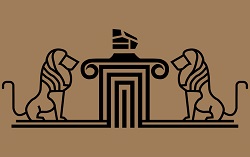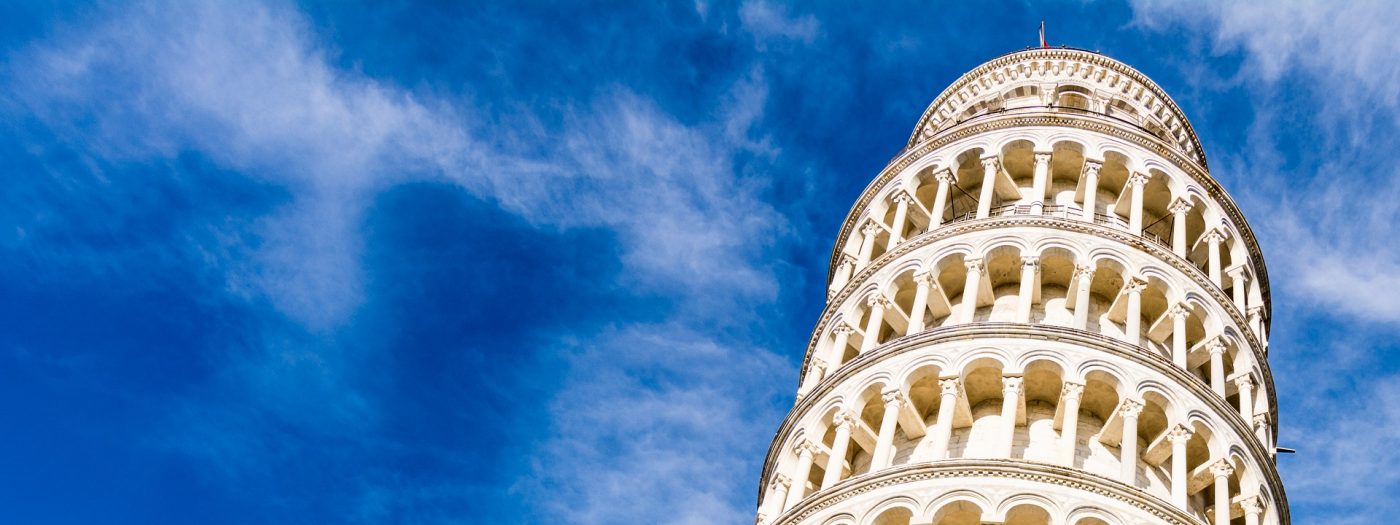Date built: 1372
Height: 55.8m
Original use: Churches bell tower
Use during history: Supposedly by Galileo Galilei for his free fall experiments; during WW II Germans used it as an observation post
Use nowadays: As a tourist attraction
Material: Marble and limestone
The tower of Pisa is amongst the four structures that make up the cathedral complex of Pisa, Italy, called Campo dei Miracoli or Piazza dei Miracoli, which translates to Field of Miracles.
With 207 columns and eight stories, it was a medieval architectural and construction marvel. Its original use was as a bell tower for the whole complex. However, now it has become one of the most visited tourist destinations of Italy due to its staggering 4 degree lean, hence termed ‘the leaning tower of Pisa’.
The tower of Pisa started to sink to the ground from one side when the construction had progressed to the second floor in 1178. It was mainly due to its 3-metre foundations that were set in weak, unstable soil. However, the construction was halted for almost a century due to the outbreaks of wars in the region. This gave time for the ground to settle and is the only reason it still stands today. Many restoration attempts have been made to keep the tower standing, and it is because of this that the tower of Pisa is said to be stable for at least another 200 years.
The tower was built mainly from white marble imported from regions on the Mediterranean Sea including Africa, Greece and Turkey. A local marble stone by the name of Carrara was also used due to its staggering white colour. However, marble was not the only building material used due to the expensive cost of the material. Limestone was used in parts of the towers that were not visible. That is one of the factors that lead to the tower not toppling over.



